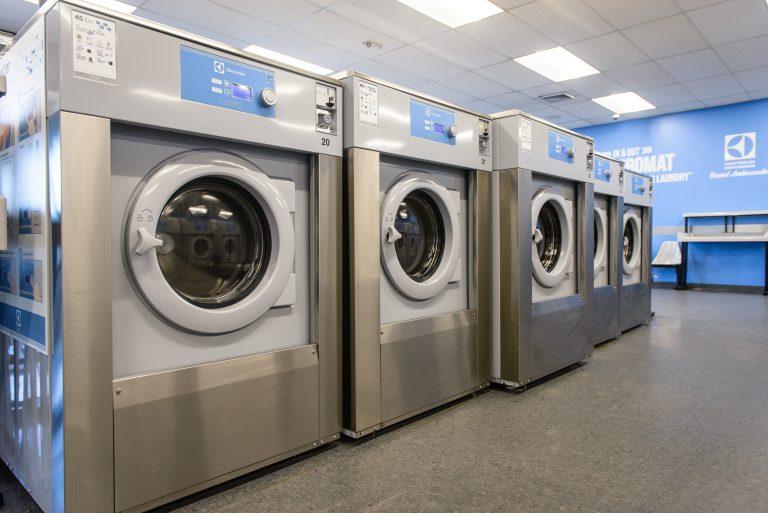Rather than focusing on aesthetics, commercial washing equipment manufacturers focus on construction in order to ensure long-term performance and dependability even under heavy usage. User convenience and maintenance and repair space are both taken into consideration while arranging the equipment in long rows. Even while commercial laundry systems have fewer functions than domestic laundry equipment, they may have additional functionality that are not available in their equivalent consumer laundry systems.

For 2020, the global market for Commercial Laundry Machinery was assessed at US$4.2 Billion, but by 2026, it is expected to rise at a CAGR of 3.9 percent, reaching a new estimate of US$5.9 Billion.
In order to achieve a market value of US$2.7 billion by the conclusion of the study period, the segment of washers is expected to increase by a CAGR of 3.3 percent. A revised CAGR of 3.9% for the Commercial Dryers market over the next seven years has been calculated after careful consideration of the business consequences of the pandemic and the economic crisis it has triggered. The worldwide Commercial Laundry Equipment market now has a 21.9 percent share in this segment.
Laundromats, coin-operated or self-service laundry units, multi-housing laundries, vended laundry units for apartment buildings, dormitories, and universities, and on-premise laundries intended for commercial and industrial in-house laundry needs have all seen an increase in the widespread use of commercial laundry machinery in these regional markets recently. Market prospects are also being positively impacted by the efforts of manufacturers to provide cutting-edge systems at reasonable prices. Growth in the market has been fueled by technological breakthroughs in performance and design, particularly in recent years.
Clothing and linens can be washed using laundry equipment. They include dry cleaning machines, presses and washer/dryers for commercial laundry facilities. In addition to healthcare, hospitality, and education, these industries also benefit from laundry solutions provided by such equipment.
The following are some of the most recent market data:
The research includes market size and forecasts for USD, EUR, GBP, JPY, and AUD in five major currencies. When currency exchange data is easily available, business executives may make better decisions. The years 2018 and 2019 are used as baselines, 2020 is used as an estimate year, and the forecast period spans the years 2022 through 2026.
In the Competitive Strategic Window,
Comparative strategic analysis of the market, application, and geographic landscape aids the vendor in determining how well their skills match up with potential future growth opportunities. It outlines the best strategy for the vendors to continue to grow and expand their business through mergers and acquisitions, geographic expansion, R&D, and new product introductions over the course of a forecast period.
However, the rising cost of labour makes it prohibitively expensive to keep laundry services in-house. The hotel industry’s ability to remain competitive is under threat due to rapid and economically unsustainable wage growth. Because of the high cost of labour, many companies have decided to outsource some or all of their operations. More than 65 percent to 70 percent of hotels use a third-party laundry service to clean its guests’ sheets and towels. As a result, commercial laundry service companies will be able to increase the number of machines they install to keep up with the rising demand for laundry care contracts.
For example, hotels are spending more on amenities like cleaning and housekeeping services, which has led to an increased interest in water-saving machines that are energy-efficient and eco-friendly. Other notable market trends include the increased demand for machines with temperature and moisture control sensors and an increased focus on environmental health. Hotels are also spending more on amenities like cleaning and housekeeping services. With a combined market share of 64.8 percent, the United States and Europe are two of the world’s largest markets.
Replacement demand will rise in developed markets due to the introduction of new laundry equipment with innovative characteristics such as improved water conservation, energy efficiency, speed, compactness, and automated operation.


